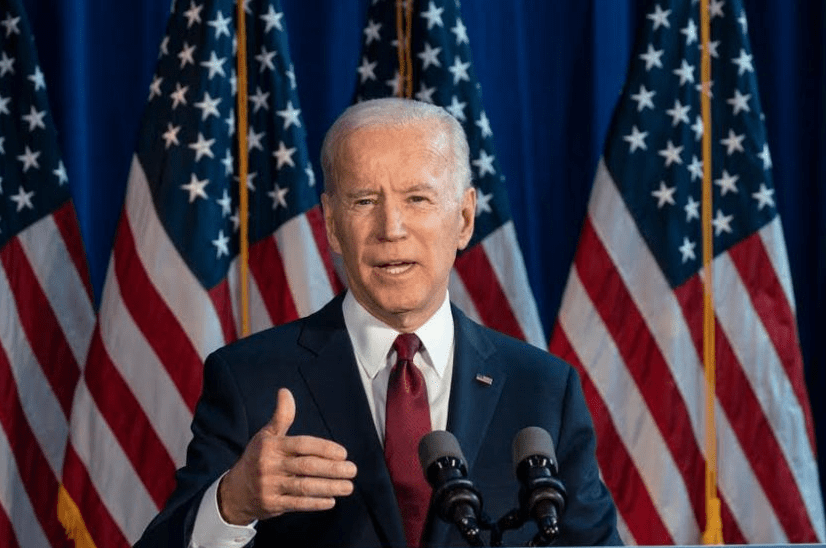The Supreme Court is set to hear a case on the Biden administration’s efforts to regulate “ghost gun” kits, a move that could significantly impact firearms regulation in the United States. These kits allow individuals to assemble firearms at home, often bypassing existing regulations on traditional firearms.
The administration‘s proposal aims to classify these kits under the same regulations as other firearms. This would require manufacturers and sellers to:
• Obtain licenses
• Mark products with serial numbers
• Conduct background checks
• Maintain detailed records
This case follows recent Supreme Court decisions on gun-related issues, including a ruling against a federal ban on bump stocks and upholding a law prohibiting individuals under domestic violence restraining orders from possessing firearms.
The Bureau of Alcohol, Tobacco, Firearms and Explosives (ATF) issued the ghost gun ban in 2022, citing a rise in untraceable firearms used in violent crimes. Solicitor General Elizabeth Prelogar emphasized the public safety crisis posed by these weapons, which are difficult to trace. New York City has reported seizing hundreds of ghost guns and related components.
Currently, the ban is in effect, with the Supreme Court previously declining to block it during ongoing litigation. This 5-4 decision, with Chief Justice John Roberts and Justice Amy Coney Barrett siding with the three liberal justices, may provide insight into the final ruling.
The new regulation clarifies that components used to create ghost guns fall under the “firearm” definition in the federal Gun Control Act. This interpretation gives the government authority to regulate these components similarly to traditional firearms.
The case reached the Supreme Court after a Texas-based U.S. District Judge ruled in favor of ghost gun kit owners, gun rights groups and manufacturers. The 5th U.S. Circuit Court of Appeals largely sided with these challengers, arguing that the Gun Control Act does not apply to gun kits and that the ATF lacks authority to impose such a ban without Congressional action.
Proponents of ghost gun kits argue they are primarily used by hobbyists and enthusiasts, not criminals. They maintain that the legal question centers on interpreting existing laws regarding firearm regulation, not the Second Amendment’s right to bear arms.
The outcome of this case could have far-reaching implications for gun regulation in the United States, particularly concerning the growing issue of ghost guns. It will likely influence how firearms are regulated and impact the ongoing debate surrounding gun rights and public safety.
This case highlights the complex relationship between technological advancements in firearm manufacturing and existing regulatory frameworks. The rise of 3D printing and easily accessible gun kits has challenged traditional definitions of what constitutes a firearm, forcing lawmakers and courts to grapple with these new realities.
The Supreme Court’s decision will not only affect the specific issue of ghost guns but could also set a precedent for how future innovations in firearm technology are regulated. This could have implications for other emerging technologies in the firearms industry.
Moreover, the case touches on broader questions of federal agency authority. The Court’s ruling may influence how much leeway agencies like the ATF have in interpreting and enforcing existing laws, potentially affecting regulatory efforts across various sectors.
As the justices prepare to hear arguments, stakeholders on all sides of the gun debate are closely watching. Gun rights advocates see this as a potential overreach of federal authority, while gun control proponents view it as a necessary step to address a growing safety concern.
Ultimately, the Supreme Court’s decision will need to balance public safety concerns with individual rights and the limits of executive authority. Whatever the outcome, it is likely to have a lasting impact on the landscape of gun regulation in America.




